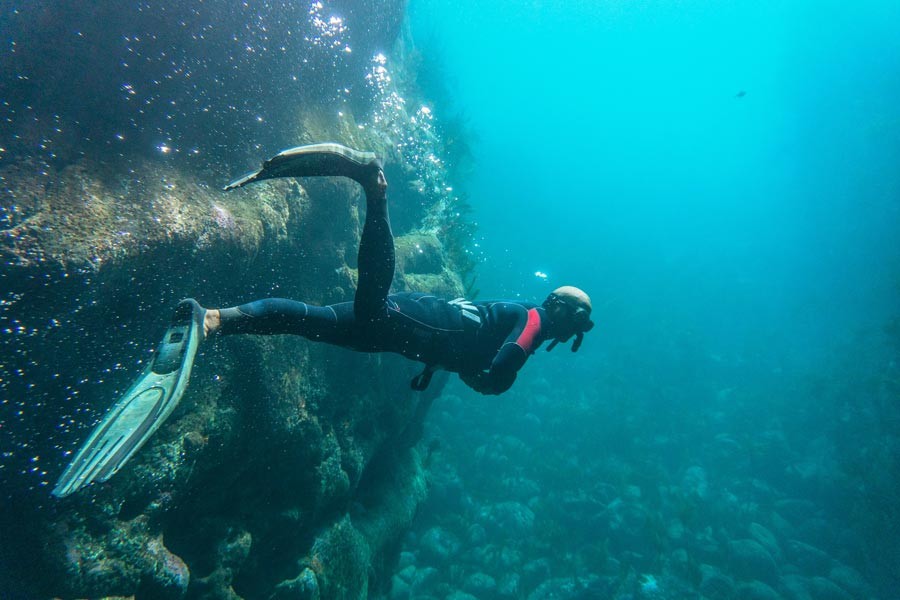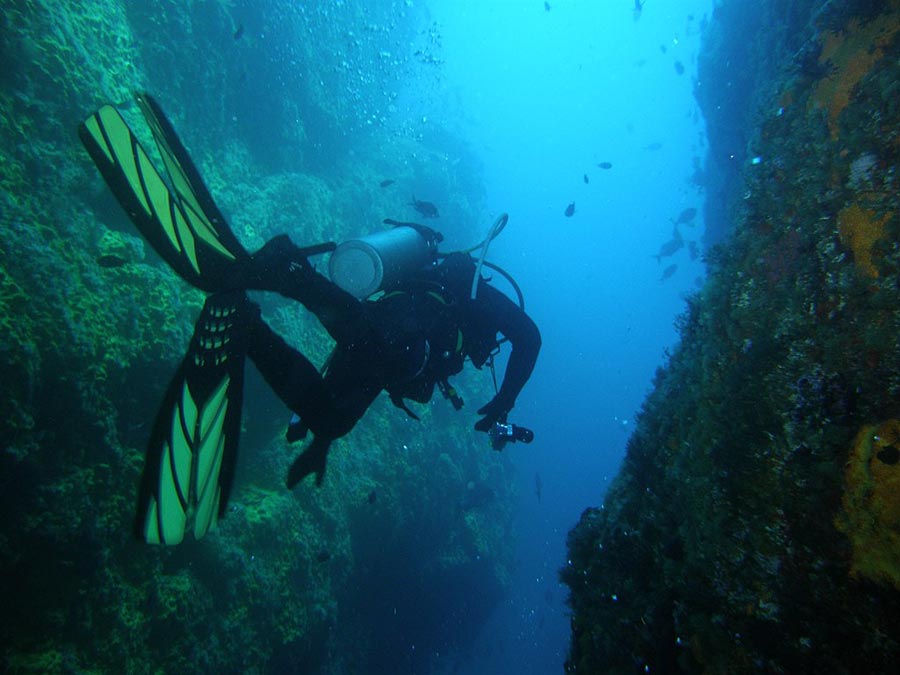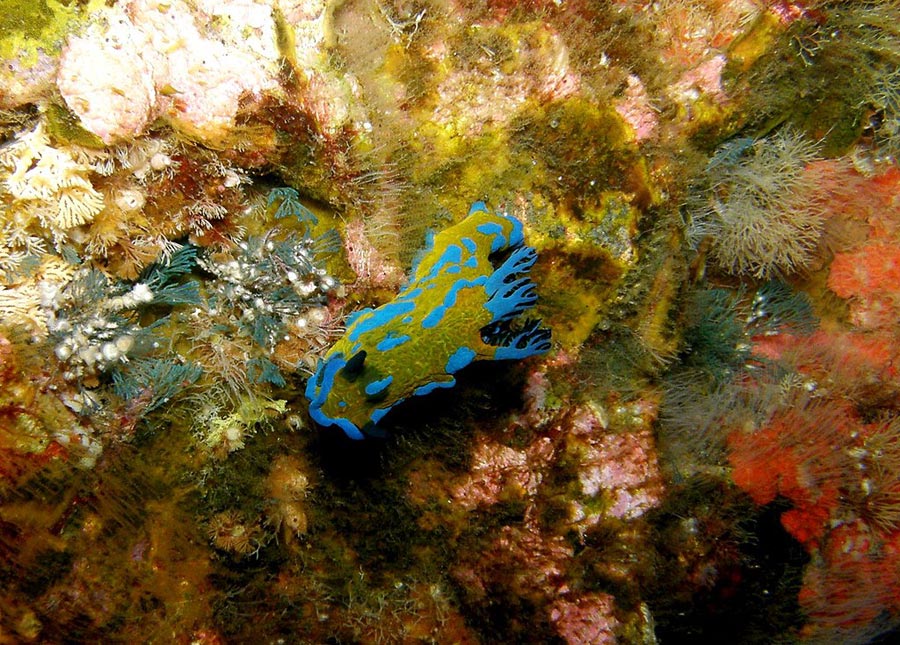Diving in New Zealand
In Aotearoa, we have access to amazing wrecks, reefs and underwater caves to explore – some of the best diving experiences in the world including international drawcard the Poor Knights Islands.
Learn to dive in New Zealand
There are dive schools all over the country offering PADI (Professional Association of Diving Instructors) courses and certifications. The first course you’ll need to do is a PADI Open Water Dive Course. These courses start off gently with training in a pool before moving to the sea or a lake with an instructor. At the end, you’ll get a card that allows you to fill your dive tanks at any fish and dive store around the world, and you’ll get the skills to begin your diving adventures. Where can you find these courses? Ask the experts at your local dive shop – if they don’t offer PADI certification, they’ll know someone who does.
Dive the Poor Knights Islands
These islands off the coast of Tutukaka in Northland are rated among the top diving spots in the world. The variety of sea life and things to see in a relatively small area is stunning. Near the surface you’ll find huge schools of fish, protected by the Poor Knights Marine Reserve, and just a little deeper there are gardens of sea plants and the famous ‘meditation wall’ – named because of how fascinated divers tend to stare for long periods of time at its intricate patchwork of colourful life. Experienced deep-sea divers can see the black coral and rich red, spiky and venomous Diadema palmeri sea urchins. The natural arches and caves of the islands are home to all kinds of sea life, and lucky summer divers may see stacks of stingrays massing for annual breeding. Dive! Tutukaka offers Poor Knights Islands tours for beginners and experienced divers.
Reef and wreck diving around New Zealand
You’ll find stunning reefs to dive at the Mercury Islands near the Coromandel Peninsula and Goat Island just north of Auckland. If it’s shipwrecks you’re after, there are some beauties to choose from. The Rainbow Warrior, the famous Greenpeace ship bombed by French divers in 1985, is now located near Paihia in the Bay of Islands, and the wreck of the HMNZS Canterbury is also nearby. The enormous and fully intact wreck of the Russian liner Mikhail Lermontov lies on the seafloor of Marlborough Sound. You’ll also find a plethora of smaller wrecks around the country, including at Aramoana near Dunedin and in Milford Sound.
Diving for food – kai moana in Aotearoa
Collecting food from the sea is an important part of coastal New Zealand culture. There are strict regulations in place to protect our sea life and marine environment, so check what you are allowed to take before heading out to harvest the ocean’s bounty. Spear fishing is a popular sport, and keen free divers will be on the lookout for the mighty yellowtail kingfish, as well as other great eating fish – some of which can’t be caught on a line. Crayfish, or kōura, are a delicacy and can be found around the country. The most famous spot for crayfish diving is Kaikōura in the South Island, but other popular spots include rocky reefs and kelp forests around The Coromandel, the Bay of Islands, the Marlborough Sounds, Fiordland, and Banks Peninsula in Canterbury. Other popular seafood you can collect while diving include pāua (abalone), scallops, and kina (sea urchins).

Cathedral Cove, Coromandel. Image: Matt Crawford

Cathedral Cove, Coromandel. Image: Matt Crawford

Northern Arch, Poor Knights Islands. Image: Anna Barnett

Poor Knights Islands. Image: Anna Barnett

Wharekaho, Coromandel. Image: Matt Crawford